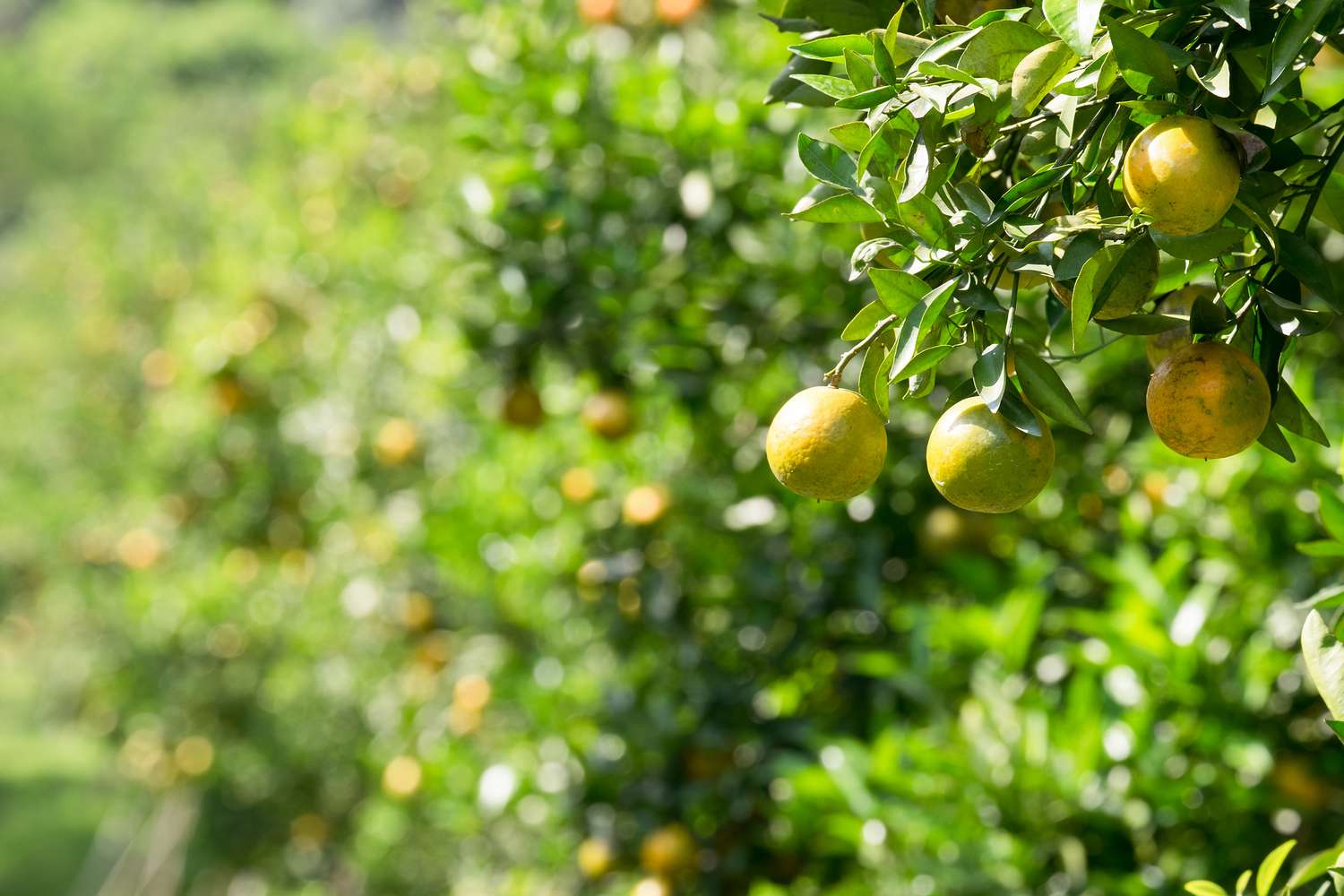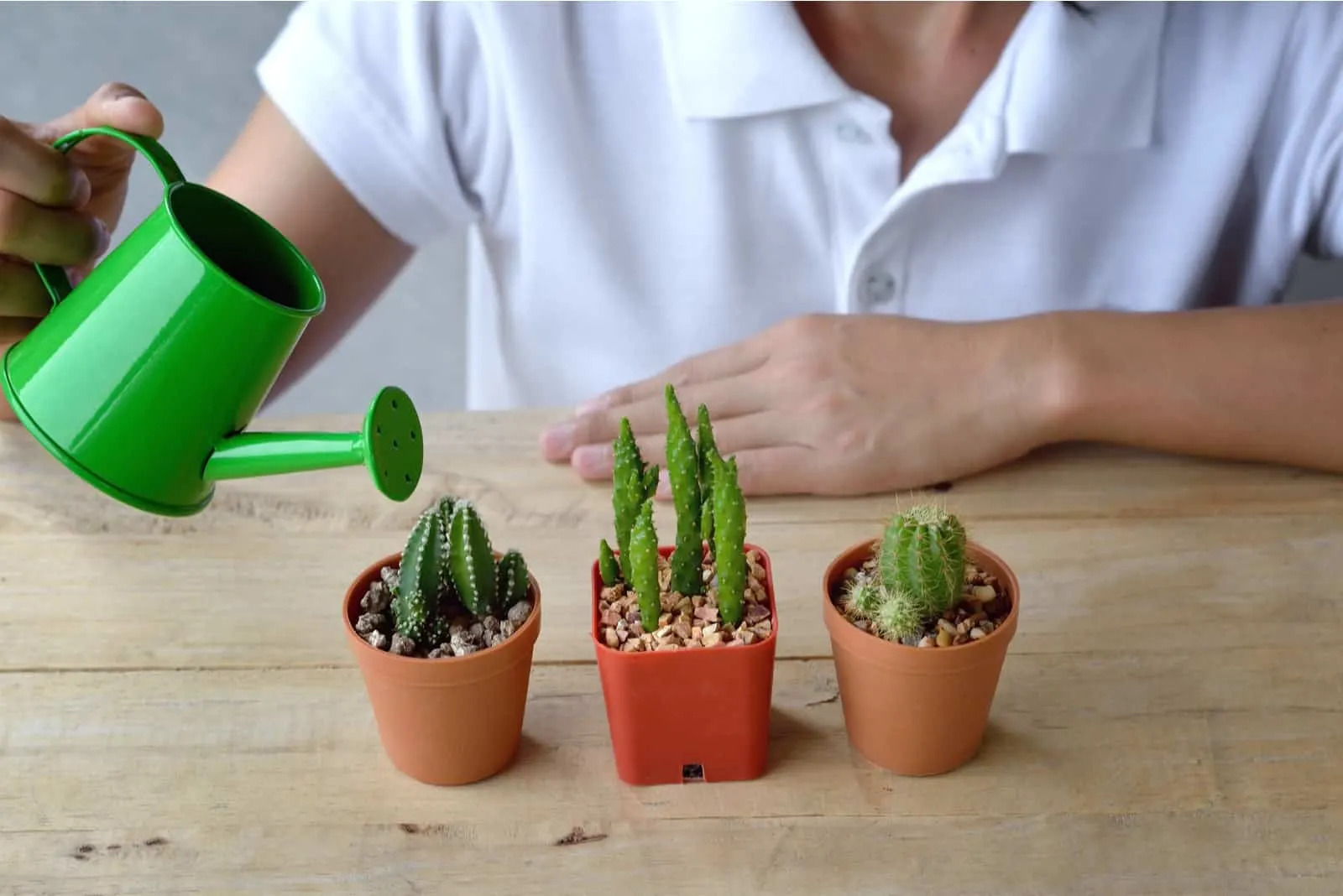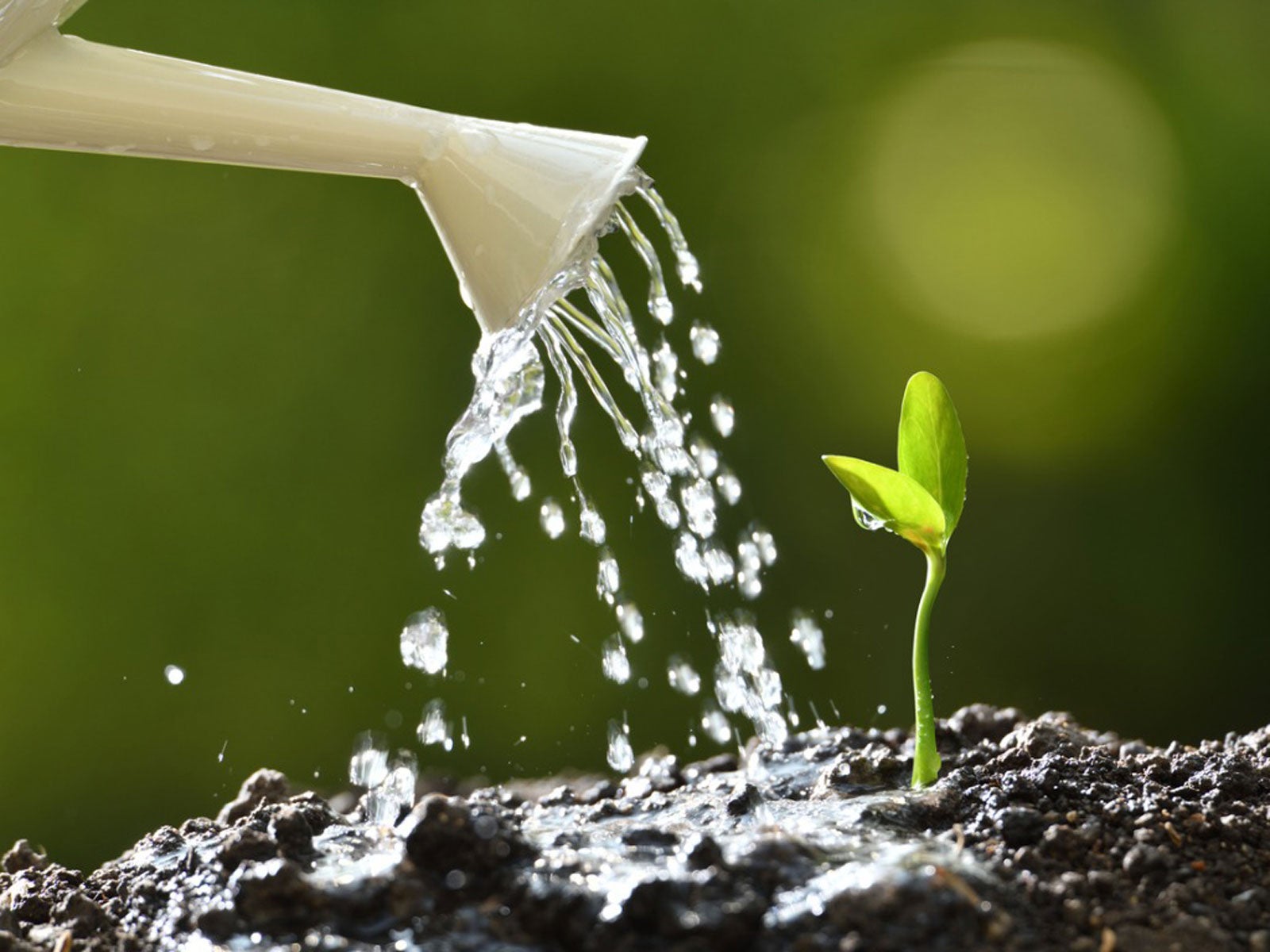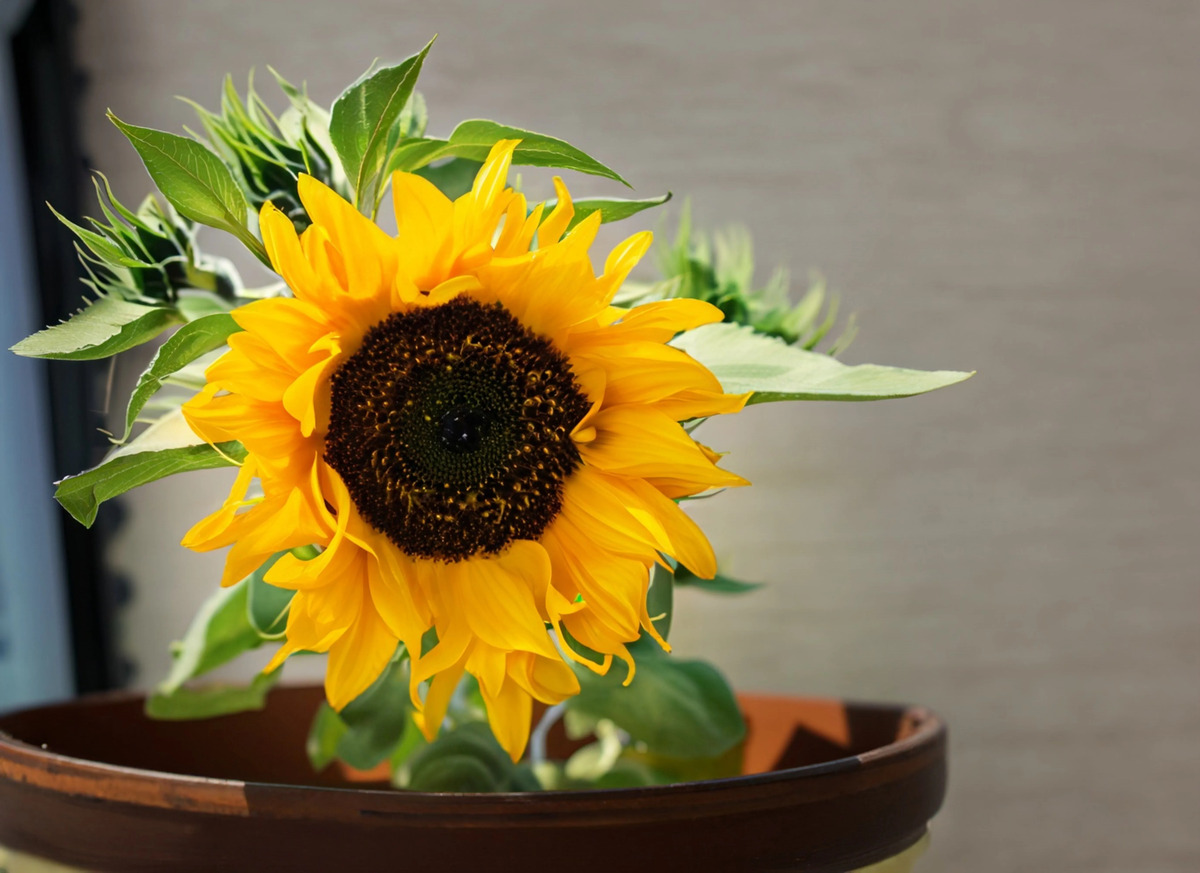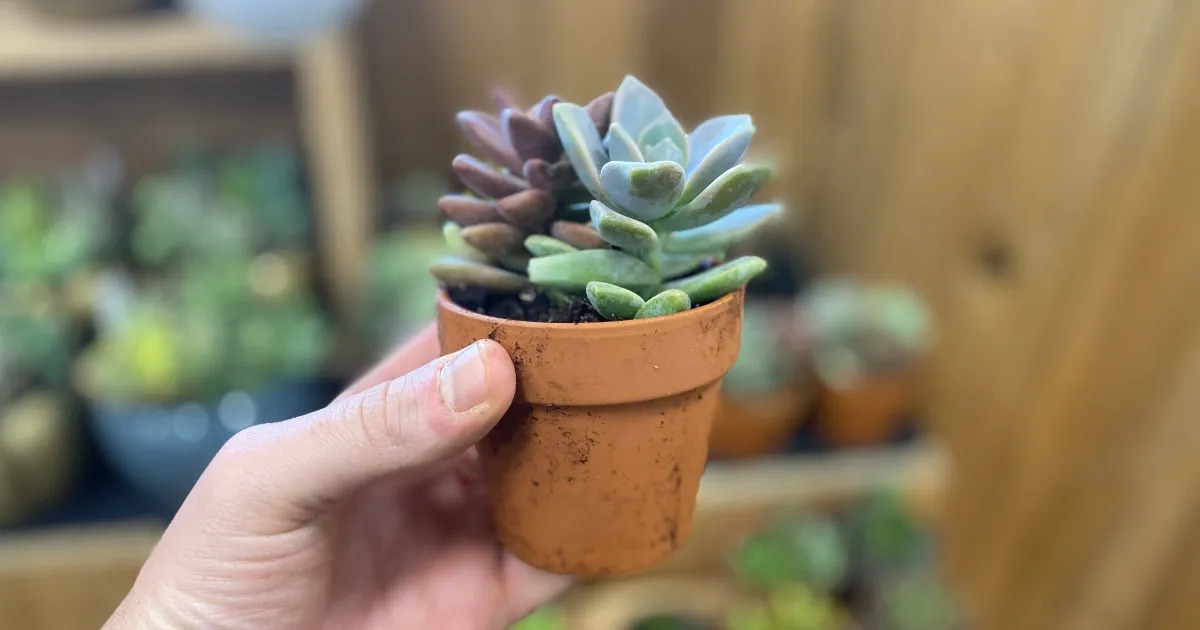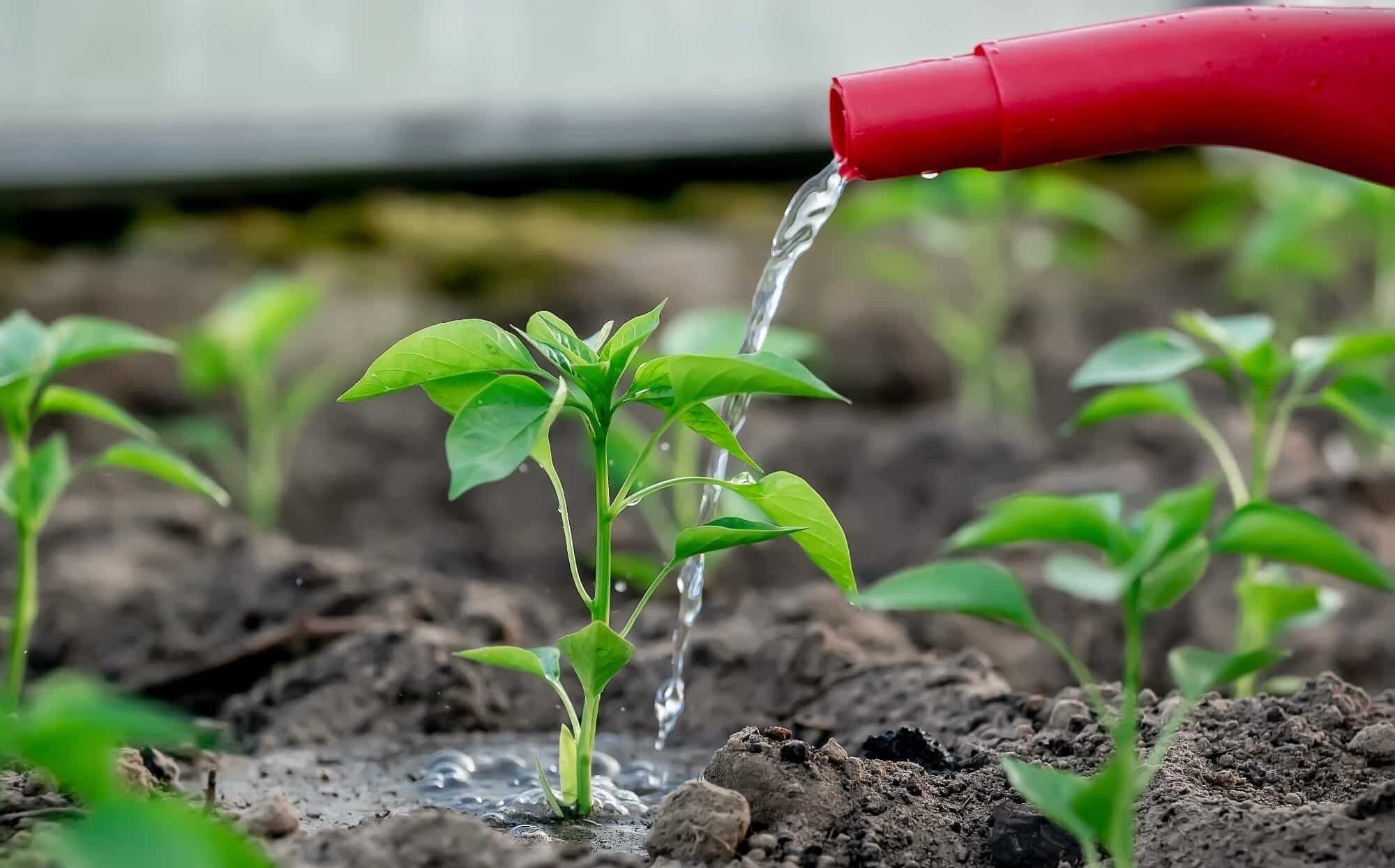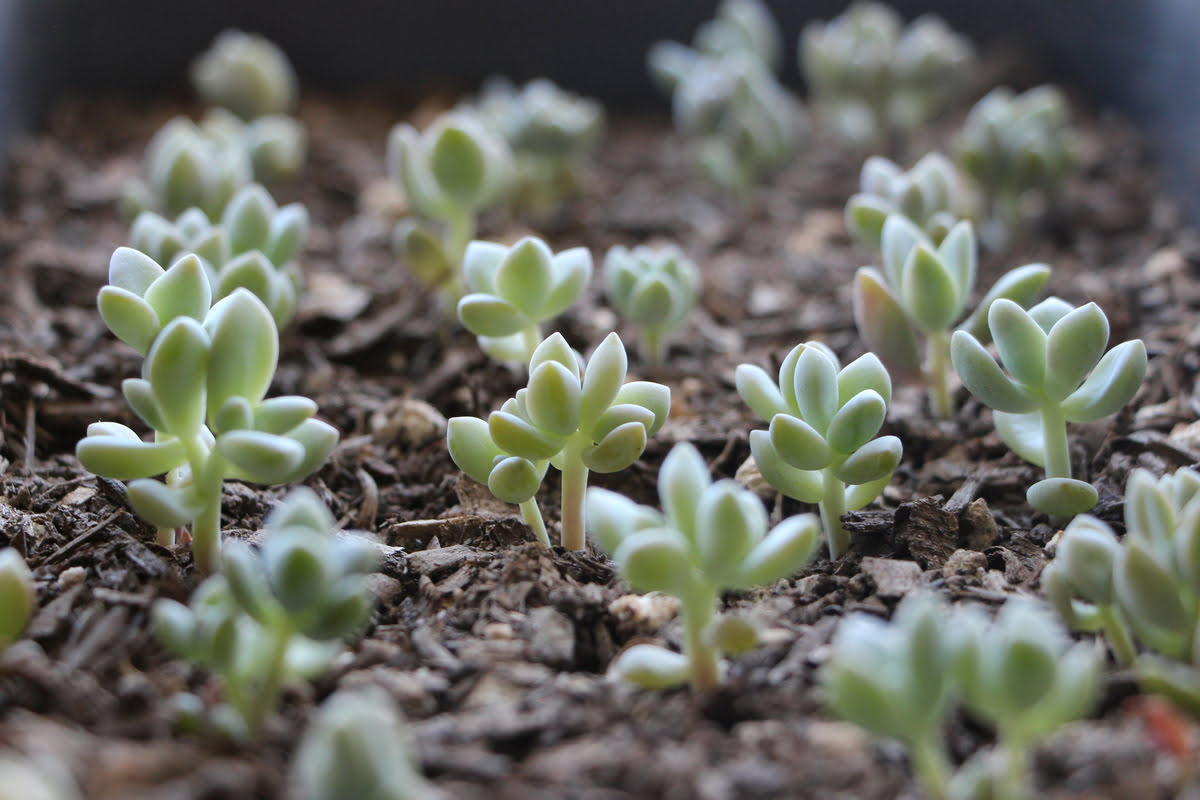Home>Gardening News and Trends>Gardening Trends>How Often To Change Propagation Water


Gardening Trends
How Often To Change Propagation Water
Published: February 2, 2024
Learn the latest gardening trends and find out how often to change propagation water for your plants.
(Many of the links in this article redirect to a specific reviewed product. Your purchase of these products through affiliate links helps to generate commission for Chicagolandgardening.com, at no extra cost. Learn more)
Table of Contents
Introduction
Welcome to the world of gardening! Whether you are a seasoned gardener or just starting out, one key aspect of successful gardening is propagation. Propagation is the process of multiplying plants by reproducing them from seeds, cuttings, or other plant parts. It’s an exciting and rewarding technique that allows you to expand your garden and share your favorite plants with others.
When it comes to propagating plants, one often overlooked factor is the quality of the propagation water. The water you use can significantly affect the success rate of your propagation efforts. It’s important to understand how often to change propagation water and the signs that indicate it needs changing.
In this article, we will explore the factors that affect propagation water, the signs that indicate it needs changing, the frequency of changing propagation water, methods for changing it, and tips for maintaining the quality of your propagation water.
Before we dive into these details, it’s essential to understand why propagation water is crucial. The propagation process involves providing the right environment for the plants to develop roots and establish themselves. Water is a vital element in this process, as it provides hydration and nutrients to the plant cuttings or seeds. The quality of the water directly impacts the success of root formation and, ultimately, the survival rate of the propagated plants.
Propagation water quality can be affected by factors such as impurities, microorganisms, and nutrient depletion. Therefore, it is crucial to monitor the condition of the water and make changes when necessary. By doing so, you can ensure optimal conditions for successful plant propagation.
Factors Affecting Propagation Water
Several factors can significantly impact the quality and effectiveness of propagation water. Understanding these factors will help you ensure that your plants receive the best conditions for successful propagation.
1. Source of Water: The source of the water you use for propagation can have a significant impact. Tap water may contain high levels of chlorine, which can harm delicate young plants. Consider using filtered or distilled water as an alternative to reduce the presence of any harmful chemicals.
2. pH Level: The pH level of the water is essential for the healthy growth of plants. Most plant species prefer a slightly acidic to neutral pH range. Conduct a pH test on your water source and adjust it as needed using pH modifiers. A pH level of around 6 to 7 is generally ideal for propagation.
3. Temperature: The temperature of the propagation water can influence root development. It’s essential to maintain the right temperature range for the specific plant species you are propagating. In general, most plants thrive in water temperatures of 70°F to 75°F (21°C to 24°C).
4. Nutrient Content: Propagation water should contain the necessary nutrients for plant growth. However, too much or too little can be detrimental. Some plants may benefit from adding a diluted fertilizer solution to the propagation water to provide essential nutrients during the rooting process.
5. Contamination: It’s crucial to prevent contamination of the propagation water by bacteria, fungi, or other microorganisms. Proper hygiene practices, such as using clean containers, sterilizing tools, and maintaining a clean environment, can help minimize the risk of contamination.
6. Oxygenation: Adequate oxygen levels in the propagation water are vital for root development. Stagnant water or excessively high water levels can lead to oxygen deprivation, hindering root growth. Consider using an air stone or air pump to improve oxygenation.
7. Light Exposure: While plants need light for photosynthesis, excessive exposure to direct sunlight can increase the risk of algae growth in the propagation water. Ensure that your propagation containers are placed in a well-lit area but protected from direct sunlight.
By taking these factors into consideration and addressing any issues, you can create an optimal environment for successful propagation. Monitoring and maintaining the quality of your propagation water will greatly improve your chances of achieving healthy, vigorous plants.
Signs that Propagation Water Needs to be Changed
It is essential to monitor the condition of your propagation water regularly to ensure that it remains suitable for healthy plant growth. Here are some signs that indicate it may be time to change the propagation water:
- Foul Odor: If you notice a strong, unpleasant smell coming from the propagation water, it is a clear indication of bacterial or fungal growth. This can be caused by the decomposition of organic matter or the presence of contaminants. Changing the water will help eliminate the odor and prevent further growth of harmful microorganisms.
- Cloudy Appearance: If the water appears cloudy or murky, it is likely due to the presence of suspended particles or algae growth. Cloudiness can hinder light penetration and oxygen exchange, negatively impacting root growth. Changing the water will restore clarity and promote a healthier environment for the plants.
- Algae Growth: If you notice green, slimy algae floating on the surface or clinging to the sides of the propagation container, it indicates an excess of nutrients and light exposure. Algae compete with the plants for nutrients and can hinder their growth. Changing the water and reducing light exposure will help control algae growth.
- Poor Root Development: If your plant cuttings or seedlings are showing slow or stunted root growth, despite providing optimal conditions, it could be a sign that the propagation water is contaminated or lacking essential nutrients. Changing the water and ensuring proper nutrient balance can help stimulate healthy root development.
- Pest Presence: If you notice an increase in pests, such as gnats or fungus gnats, around your propagation area, it may be due to contaminated water. Pests are attracted to decomposing organic matter or the presence of algae. Changing the water will help eliminate their breeding grounds and reduce pest infestations.
Paying close attention to these signs and taking prompt action to change your propagation water when necessary will help provide a clean and healthy environment for your plants to thrive.
Frequency of Changing Propagation Water
The frequency at which you should change your propagation water depends on several factors, including the type of plant being propagated, environmental conditions, and the initial quality of the water. Here are some guidelines to help you determine how often to change the propagation water:
- Hygiene: It is recommended to start with clean, fresh water to minimize the risk of contamination. Begin by changing the water before initiating the propagation process.
- Visible Contamination: If you notice any signs of contamination in the propagation water, such as foul odor, cloudiness, or algae growth, it is essential to change the water immediately. These contaminants can hinder plant growth and increase the risk of plant diseases.
- Plant Species: Different plant species have varying needs when it comes to water. Research the specific requirements of the plants you are propagating to determine their optimal moisture conditions. Some plants may thrive in consistently moist environments, while others prefer drier conditions. Adjust the frequency accordingly to meet the needs of your plants.
- Environmental Conditions: Environmental factors, such as temperature and humidity, can affect the rate at which water evaporates and accumulates contaminants. Higher temperatures and humidity levels can promote faster bacterial and fungal growth, necessitating more frequent water changes.
- Root Development: Monitoring the progress of root development can guide you on when to change the propagation water. If roots are developing quickly, it indicates that the water is still providing sufficient hydration and nutrients. However, if root growth stagnates or becomes unhealthy, it may be an indication that the water needs changing.
As a general guideline, it is recommended to change the propagation water every two to three weeks, or sooner if signs of contamination or poor plant health are observed. Regularly inspecting and maintaining the hygiene and quality of the water will help create an optimum environment for successful plant propagation.
Methods for Changing Propagation Water
Changing the propagation water can be a straightforward process. Here are several methods you can use to effectively change the water in your propagation containers:
- Complete Water Change: This method involves removing all the existing water from the propagation container and replacing it with fresh, clean water. Gently pour out the old water, taking care not to disturb the plant cuttings or seeds. Refill the container with fresh water, ensuring that the plants are properly submerged.
- Partial Water Change: In this method, you remove a portion of the existing water and replace it with fresh water. Use a small container or a siphon to carefully remove about half or two-thirds of the water from the propagation container without disturbing the plants. Then, refill with fresh water to the desired level.
- Top-up Method: This method involves adding fresh water to the existing propagation container without removing any of the old water. Use a watering can or a small jug to gently pour the fresh water into the container until the desired water level is reached. This method is suitable when the water is still relatively clean and free from contaminants.
- Dipping Method: For smaller propagation containers, such as individual pots or trays, you can simply dip the entire container into a larger container filled with fresh water. Keep the container submerged for a few minutes, allowing the plants to absorb the fresh water. Then, carefully lift the container out of the water and allow any excess to drain before returning it to its original location.
- Overflow Method: This method is effective for larger propagation containers. Position the container in a sink or bathtub, allowing the excess water to overflow while adding fresh water simultaneously. This continuous flow of water helps dislodge any debris and contaminants. Continue this process until the water flowing out appears clean.
Regardless of the method you choose, ensure that the fresh water used for replacing or topping up is clean and free from contaminants. Avoid using chlorinated water directly from the tap, as the chlorine can be harmful to delicate young plants. If necessary, let tap water sit for at least 24 hours to allow the chlorine to dissipate before using it for propagation.
Remember to handle the plants and water with care during the water-changing process to avoid damaging the delicate root structures or disturbing the seedlings. Maintaining a clean and hygienic environment during water changes will help create the ideal conditions for successful propagation.
Tips for Maintaining Propagation Water Quality
Maintaining the quality of your propagation water is crucial for the success of your plants. Here are some useful tips to help you ensure optimal water quality throughout the propagation process:
- Start with Clean Water: Begin your propagation process with fresh, clean water. Avoid using tap water directly as it may contain chlorine or other chemicals that can harm delicate plants. Consider using filtered or distilled water as an alternative.
- Use Sterile Containers: Use clean and sterile containers specifically designated for propagation. This helps minimize the risk of introducing contaminants to the water. Plastic or glass containers are suitable choices, and make sure they are thoroughly cleaned before use.
- Maintain Proper Hygiene: Practice good hygiene throughout the propagation process. Wash your hands thoroughly before handling the plants or the propagation water. Keep the work area clean and sterile, regularly sanitizing the tools and equipment used.
- Monitor pH Levels: Regularly test the pH level of the propagation water to ensure it remains within the appropriate range for the specific plant species you are propagating. Adjust the pH as needed using pH modifiers to maintain an ideal environment for root development.
- Avoid Overcrowding: Avoid overcrowding the propagation containers, as this can lead to poor water circulation, increased microbial growth, and competition for nutrients among the plants. Leave enough space for the plants to grow and allow water to flow freely around their roots.
- Manage Nutrient Levels: Consider adding a diluted fertilizer solution to the propagation water to provide essential nutrients to the growing plants. However, be cautious not to over-fertilize, as excessive nutrients can lead to algae growth or nutrient imbalances.
- Control Light Exposure: Prevent excessive exposure of the propagation water to direct sunlight, as this can promote algae growth. Place your propagation containers in a well-lit area, but ensure they are protected from direct sunlight by using shading or translucent coverings.
- Regularly Inspect the Water: Regularly inspect the propagation water for any signs of contamination, such as foul odor, cloudiness, or algae growth. Promptly address any issues by changing the water to maintain a clean and healthy environment for plant propagation.
- Monitor Plant Health: Pay attention to the health and growth of your propagated plants. Unhealthy or stunted growth may indicate poor water quality. If you notice any issues, such as yellowing leaves or wilting, consider changing the water and reassessing the propagation conditions.
By following these tips and maintaining proper care and hygiene, you can ensure the quality of your propagation water, providing the best conditions for successful plant propagation and healthy plant growth.
Conclusion
Proper maintenance of propagation water is key to successful plant propagation. By understanding the factors that affect propagation water, recognizing the signs that indicate it needs changing, and following the appropriate methods for changing and maintaining its quality, you can create an optimal environment for root development and plant growth.
Factors such as the source of water, pH level, temperature, nutrient content, contamination, oxygenation, and light exposure can significantly impact the quality of propagation water. Regular monitoring and timely adjustments will help create an ideal environment for successful plant propagation.
Knowing the signs that indicate the need to change propagation water, such as foul odor, cloudiness, algae growth, poor root development, and pests, is essential for maintaining the health of your plants. Changing the water promptly when signs of contamination arise will prevent the spread of harmful microorganisms and ensure the well-being of your propagated plants.
Responsibly changing propagation water can be done through complete changes, partial changes, top-up methods, dipping methods, or overflow methods, depending on the size and needs of your propagation containers. Ensuring the water used is clean and free from contaminants is crucial for the success of your propagation efforts.
Finally, maintaining the quality of propagation water requires good hygiene practices, sterilizing containers and tools, monitoring pH levels, avoiding overcrowding, managing nutrient levels, controlling light exposure, and regularly inspecting the water and the health of the plants. By following these tips, you can create an optimal environment that promotes healthy root development and successful plant propagation.
Remember, the quality of propagation water directly affects the success of your plant propagation efforts. By implementing these tips and techniques, you can ensure that your plants have the best conditions for robust growth and thrive in your garden or indoor space.
